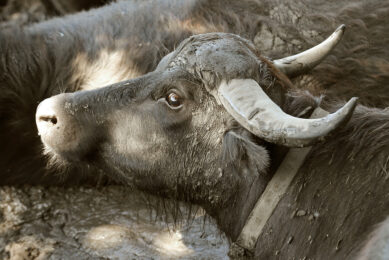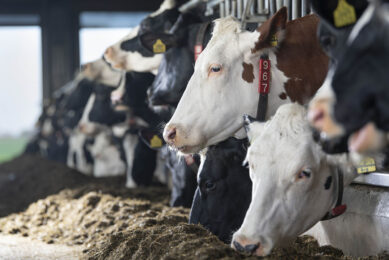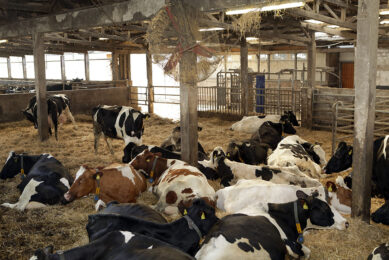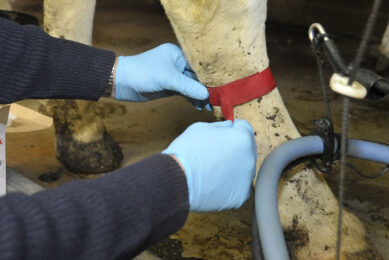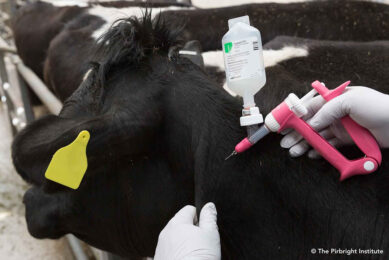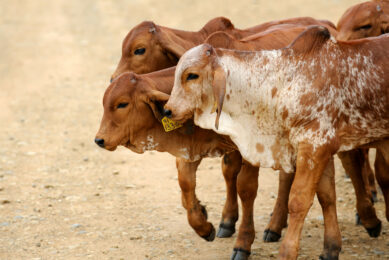Foot-and-mouth disease is a highly contagious viral disease caused by the foot-and-mouth virus. The disease occurs in cloven-hoofed animals and spreads through saliva, milk, manure and urine of infected animals. In addition, infection is possible through people, animals and materials that have been in contact with infected animals. On top of that foot and mouth disease is capable of airborne transmission. When foot-and-mouth disease is found, exports are halted and a stamping out protocol is implemented, causing major economic and emotional damage.
Foot-and-mouth disease
With the onset of the disease, the animal starts to develop blisters around the mouth and hoofs. When touching the blisters in the mouth, they de-attach from the underlying tissue. In addition, blisters can be seen on lips, tongue, gums, nose and on the udder (teats). In addition to blisters, animals with foot-and-mouth disease have a fever, reduced feed intake and a sharp drop in milk production. Adult animals generally do not die, however, mortality rates in young stock can be up to 100%.
Foot-and-mouth disease is a notifiable disease according to OIE standards. When an animal shows symptoms of this disease, this must be reported to the government. A farm is suspected of foot-and-mouth disease if at least one animal has a blister the size of a one euro coin on the top of the tongue, and one or more animals has a temperature of more than 40 degrees Celsius or lesions on the tongue or hoofs.
A vaccine is available for prevention of foot-and-mouth disease, however foot-and-mouth disease occurs in a large number of different (sub) types. When vaccinating, it is essential to determine which (sub)type poses a threat. The virus is susceptible to certain treatments and animals with foot-and-mouth disease usually recover on their own within a few weeks. However, there is the risk of secondary infections. A common secondary infection after foot-and-mouth disease is mastitis. When a farm is hit by the disease, culling the herd is the common route to get rid of the virus. Depending on the proximity of other farms, stamping out could even go beyond the infected farm.


